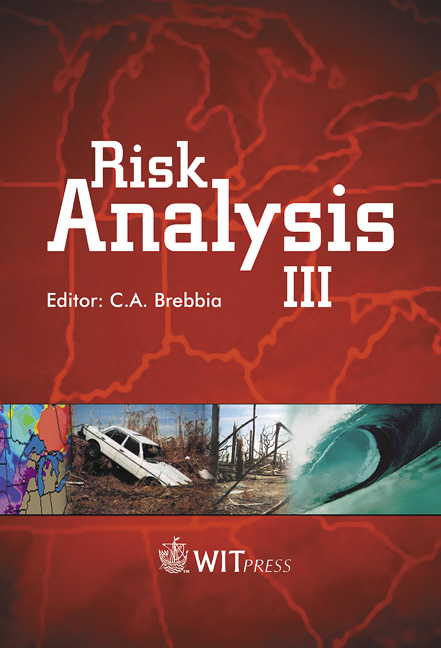Choosing The Optimal Policies For Risk Reduction In Mine Contaminated Areas
Price
Free (open access)
Transaction
Volume
31
Pages
Published
2002
Size
801 kb
Paper DOI
10.2495/RISK020491
Copyright
WIT Press
Author(s)
D. Goršeta, N. Mladineo & S. Knezi
Abstract
As regards mine contamination, the Republic of Croatia is one of the ten most contaminated countries in the world. There are almost 1 million mines on mine suspected areas of 4000 km2. About 500 km2 are covered with minefields, while the rest of the area is contaminated with individual explosive ordnance. Mine suspected areas and minefields are located in 14 of 21 counties. Mine affected areas have not been used for years, they pose a huge economic problem, they obstruct the infrastructure development and reconstruction, return of displaced persons and their reintegration into normal life. They also pose a significant safety problem. In particular, any activities that are carried out in the mine contaminated areas pose a significant risk to human life and to material assets. It is estimated that removing all the mines present in the Republic of Croatia would cost approximately 1,157 billion US$ and would require 10 years of intensive work. Therefore, it is necessary to establish an order of priorities for mine removal, assessing which territories offer the greatest potential benefits if the mines are removed and normal activities can be resumed thereon. Clearly, such territories should be de-contaminated first. This paper describes a model aimed at determining the objective priorities to reduce the risks stemming from mine contamination. The model is based on a combination of GIS analysis and a multicriteria method. Further, the model incorporates the views of all interested parties, i.e. the representatives, whether public or political, of the contaminated territories.
Keywords





